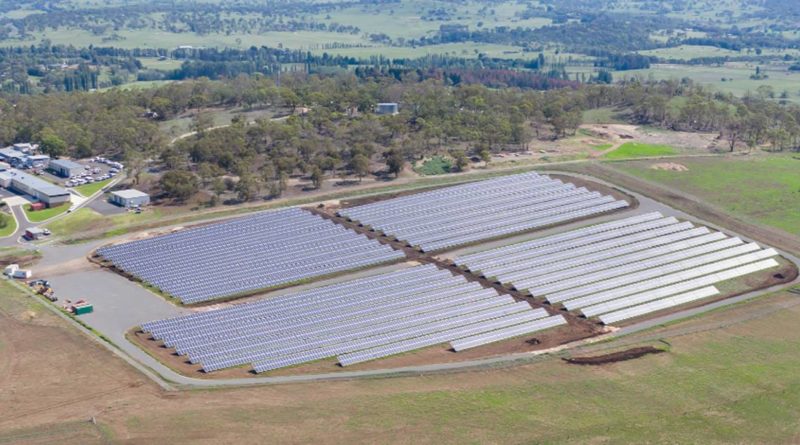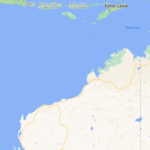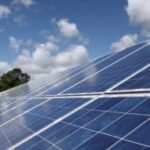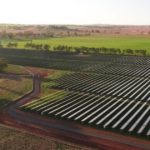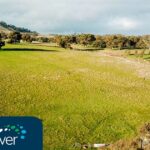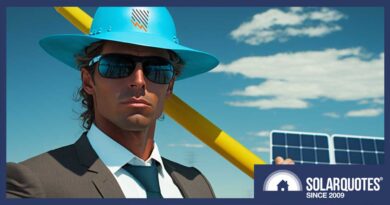Australian Solar Farms As Wildlife Habitats
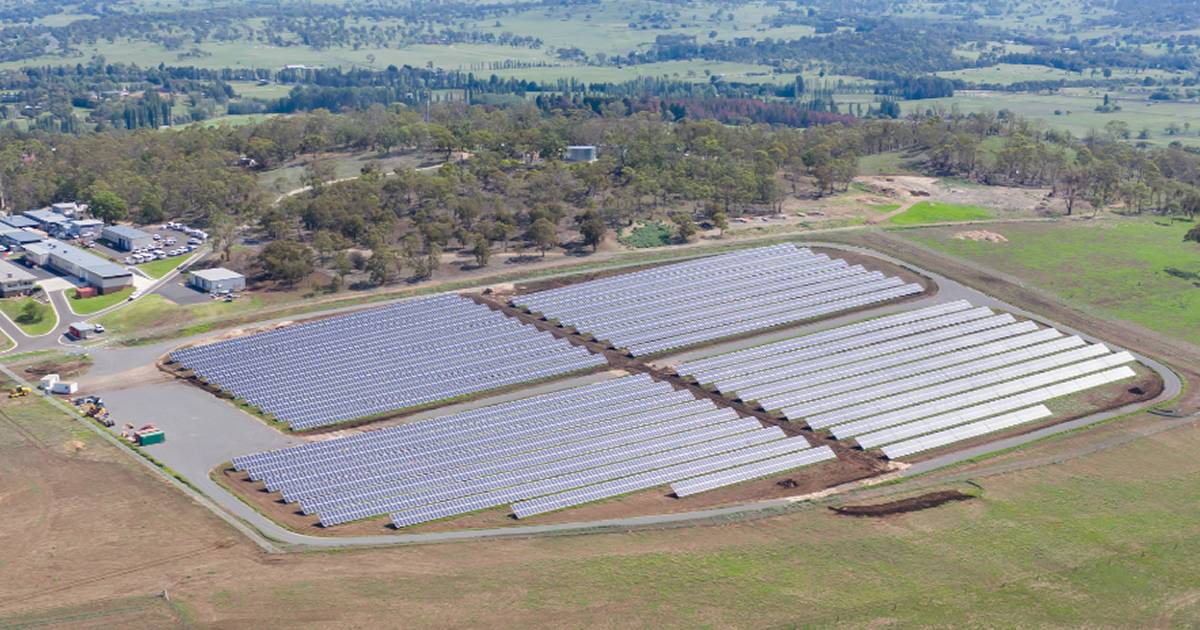

A researcher at New South Wales’ University of New England (UNE) is delving into the potential for renewable energy zones to also act as valuable wildlife habitats.
Usually the co-existence of solar farms and animals has been focused on PV facilities hosting livestock – agrivoltaics. It’s been a feature of proposed projects that helps get them over the line for approvals.
But what about native wildlife?
UNE has the perfect test-bed – Stage 1 of the UNE Solar Farm at its Armidale campus, which was completed in September 2020 and consists of 8,700 fixed, ground‐mounted solar panels. As well as supplying around 30% of the electricity needs of the overall campus (including the six colleges), it looks like a variety of critters have made it their home or use it as a highway to other locations.
UNE’s Dr Eric Nordberg and his students are currently conducting a pilot study on how solar farms can be used to protect wildlife; surveying what’s coming into the facility and making comparisons to what is found on adjacent farmland. Among the tools being used are a 30m long temporary drift fence trap dug into the ground to guide animals into interspaced pitfall buckets, and funnel traps.
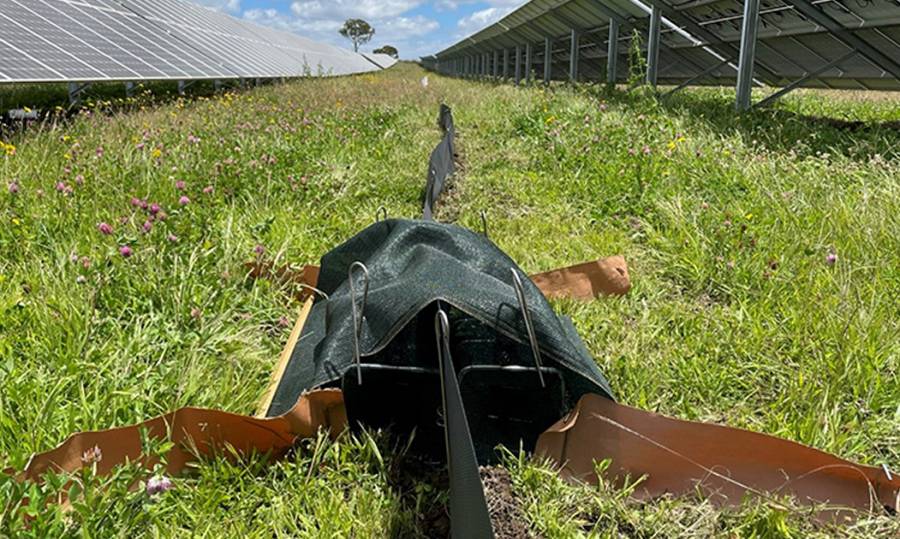

Among the species to have been captured in the funnel trap at the same time are the spotted marsh frog and Dwyer’s snake. It was lucky to find both of them together given the former is probably on the menu of the latter.
Dr. Nordberg, a wildlife ecologist and leader of the Reptile Ecology and Environmental Disturbance (REED) lab (and self-described “reptile nerd”), says there’s no currently no research available to indicate how renewable energy zones can be adapted to be more wildlife-friendly in terms of habitation.
“For example, new data could show us the need for simple changes such as adding rock piles to encourage rock-dwelling species and increase the amount of cover in solar farms,” said Dr. Nordberg. “I’m also interested in looking at ways to improve vegetation management under solar panels, which will have trickle-down effects on wildlife.”
Dr. Nordberg is also keen to take a look at some of the large solar farms in the New England Tablelands, and various other locations with different climates to check out what’s happening on the biodiversity front.
It’s interesting how lush the vegetation is at the UNE Solar Farm compared to when it opened less than two years ago. It looks like it could also be a pretty friendly spot for insects too; including pollinators such as bees.
There have been a few solar farm projects in Australia where marginal weed-ridden farmland have seen revegetation initiatives with the arrival of panels. An example is in South Australia, where 980 kilograms of seed from native grasses and saltbush species were collected for planting at five SA Water PV project sites.
Dr. Nordberg was also co-author of a related paper titled “Designing solar farms for synergistic commercial and conservation outcomes”; published last year.
Original Source: https://www.solarquotes.com.au/blog/solar-farms-habitats-mb2417/

